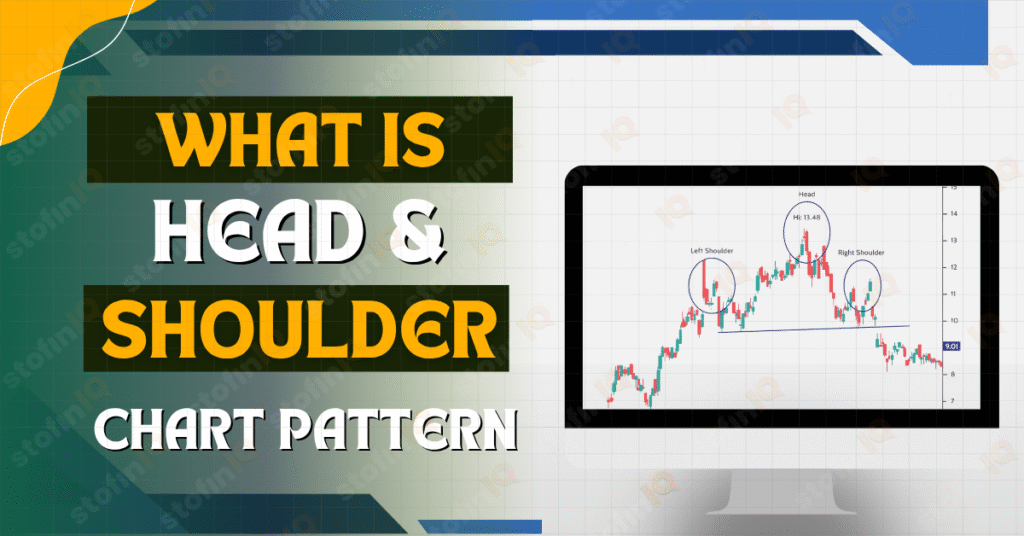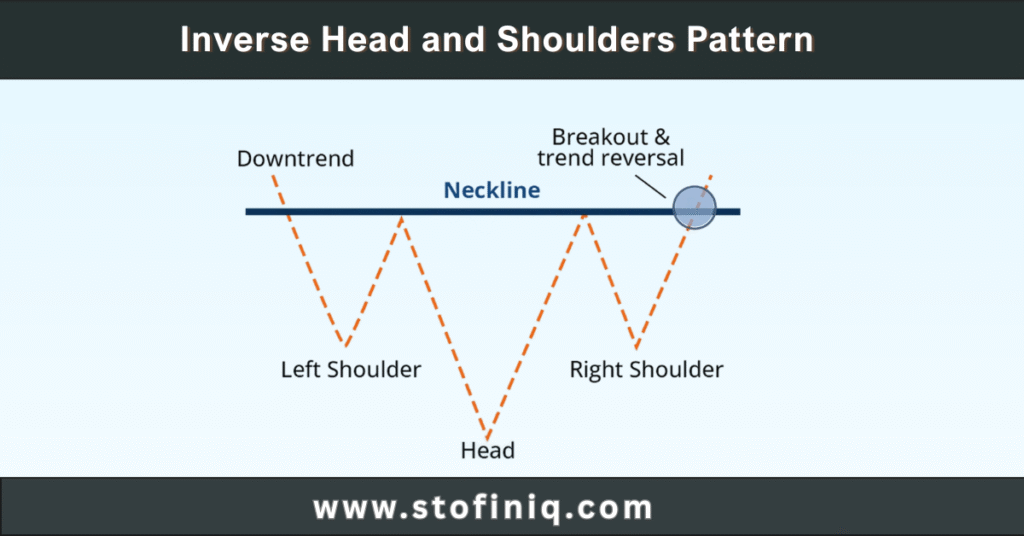
When we think of a trader mindset, what usually comes to mind? Market trends, chart patterns, technical indicators, and economic data. We usually assume that trading is a purely technical craft, reserved for those fluent in graphs and algorithms.
But that’s not the complete story. There is more to it.
Having the mindset of a trader is as much a game of the mind as it is of the market. Every trade you make reflects not just a trading mindset, but also psychology. Behind every buy and sell is a whirlpool of emotions—some loud, some silent. And if you’re not aware of them, they can easily drain your money
Let’s explore the psychological landscape of trader mindset—the emotions, the biases, and the mental habits that shape success or sabotage.
The Emotional Rollercoaster of Trading
Stepping your foot in trade, you’re not just investing money—you’re also investing your emotions. And those emotions? They’re loud.
- The thrill that you get seeing a rise in the stock.
- The anxiety that you get while seeing the red candle slip over,
- The regret you feel for missing an opportunity.
- The hope that maybe, just maybe, this one will bounce back!
Traders go through a range of emotions—sometimes all in one day. And whether you’re a beginner or a seasoned pro with a great trader mindset, emotions don’t go away. The difference is in how you manage them.
Why Understanding Emotions Is Crucial

Imagine driving with your eyes closed; would you be able to do it? No, right? But that’s exactly what many do when they trade, before understanding the trader mindset without understanding their emotional patterns.
Emotional trading is extremely common, and these emotions can become a hindrance for you in achieving the trader mindset.
- Cloud your judgment.
- Push you into overtrading.
- Make you exit too early or hold too long.
- Trap you in a cycle of fear and greed.
Understanding your emotions gives you the power to respond instead of react—and that can be the difference between profit and panic.
The Emotional Spectrum of a Trader
Let’s break down some common emotions traders go through:
- Fear – Fear of loss, fear of missing out, fear of making a wrong move.
- Greed – Wanting more, even when you’ve already made a decent profit.
- Frustration – Especially when the market doesn’t behave as expected.
- Overconfidence – After a winning streak, feeling invincible.
- Regret – Over missed chances or bad calls.
These aren’t signs of a weak trader mindset—they’re signs you’re human. But awareness turns emotion into insight.

Tuning Your Emotions While Trading
So, how do you stay calm in a stormy market?
- Have a Trading Plan: Decisions made in advance are always more rational than those made in panic.
- Set Clear Entry and Exit Points: This reduces guesswork and emotional reactions.
- Accept Losses: They’re part of the game. Don’t let one red trade ruin your mindset.
- Keep a Trading Journal: Note your trades and how you feel. Patterns emerge over time.
- Take Breaks: Emotional fatigue leads to impulsive decisions. Step back when needed.
Common Psychological Pitfalls in front of a trader's mindset
Even with all the awareness, certain mental traps sneak in. These biases are hardwired into our brains:
- Loss Aversion: The pain of losing is stronger than the joy of gaining. This makes us hold losing trades too long.
- Fear: Fear can paralyze action, making us miss good entries or exit too soon.
- Confirmation Bias: We only look for info that supports our view, ignoring the rest.
- Negativity Bias: One bad trade weighs heavier than ten good ones, creating a gloomy mindset.
- Familiarity Bias: Sticking to familiar assets or strategies even when they no longer work.
Recognising these steps is the first step to eliminating them.
No, having a trader mindset isn’t just about understanding markets—it’s more about understanding yourself.
The charts may show you the price, but your emotions show you your mindset. The sooner you learn to read both, the better your trading journey will become.
So, the next time you pack yourself for trading then keep in mind that it is merely about charts and graphs of the market, but it’s all about your mind.
How to have a trader mindset?
Developing a trader mindset is not a one-day task, it is more like a mindset shift. Here are some key steps that will help you in mastering the psychology of trading.
1. Practice emotional discipline
Trading requires discipline, and this can be done only by understanding and developing trading strategies.
2. Set clear goals
Always define your target objective, whether it is a specific profit target or is percentage, and always track your progress.
3. Create a trading plan
Learning how to create a trader mindset plan is very crucial for having a trader’s Mindset.The plan should be made in a way that it consists of a structured outline, mentions your risk management strategies for trading and the exit strategies for trading.
4. Read trading blogs
Many websites post high-quality trading blogs that help with how to trade. StofinIQ is one such website. Other websites like these blogs not only keep you updated, but also help you understand the psychology of trading to a deeper level.
5. Practice! Practice! Practice!
Having a trader mindset is something that anyone who aspires to be successful in the financial markets must adopt. Having a true trader mindset entails being down-to-earth, self-disciplined, and emotionally level-headed even when the market suddenly presents unforeseen problems your way. One of the key elements of this mentality is avoiding the temptation to pursue quick gains
Quick gains might be thrilling, but they tend to cause impulsive choices and emotional exhaustion. With a solid trader mentality, you learn to value long-term approaches over instant satisfaction.
You patiently wait for setups that meet your trading plan and risk management guidelines, instead of acting impulsively on market noise. The trader mindset is based on consistency, self-discipline, and a profound knowledge of how psychology affects all trades. It’s not merely what trades you do but how and why you do them. Becoming the master of the trader mindset is tantamount to becoming the master of yourself.
To conclude, to make your trading mindset strong, you should understand that ups and downs are a part of trading
The most important thing about having a trader mindset is knowing what failure is. Failure in trading is not an endpoint but a stepping stone—a part of the learning curve. Accepting failure builds resilience, discipline, and emotional control, all of which are qualities of a successful trader. The trading mindset is all about prioritizing long-term consistency over short-term success.
It’s about being aware that losses are unavoidable, but with the proper strategy and attitude, they become lessons rather than setbacks. Knowing failure enables traders to be emotionally detached from results and remain dedicated to the process, which is the real key to sustainable success in trading.
I left my engineering job to follow my true passion writing and research. A passionate explorer of words and knowledge, I find joy in diving deep into topics and turning rich, insightful research into compelling, impactful content. Whether it’s storytelling, technical writing, or brand narratives, I believe that the right words can make a real difference.

